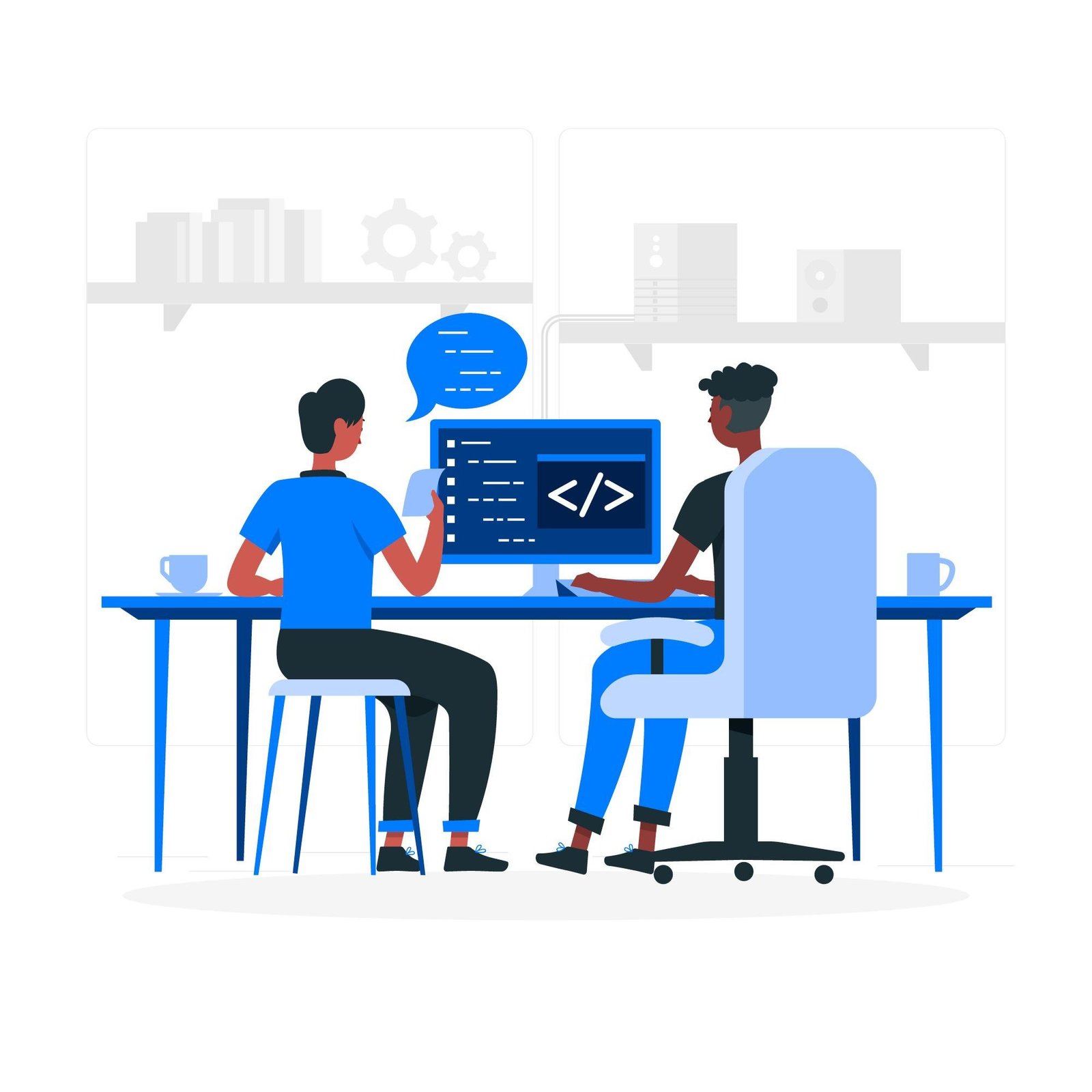In the competitive world of web development, performance is key to the success of any application. Laravel, a popular PHP framework, is known for its elegance, simplicity, and power. However, as your application grows, maintaining optimal performance can become challenging. This article will provide tips to improve Laravel application performance, ensuring your web app remains fast and responsive. Additionally, we’ll explore how to effectively hire Laravel developers to help you achieve these performance improvements.
1. Optimize Your Database Queries
Database queries can be one of the biggest performance bottlenecks in any web application. To optimize your Laravel application’s performance, consider the following tips:
- Use Eloquent Relationships Efficiently: Eloquent makes it easy to work with relationships. However, improper use can lead to N+1 query problems. Use eager loading (
with) to reduce the number of queries executed. - Use Database Indexes: Indexes can significantly speed up query performance. Ensure your frequently queried columns are indexed.
- Optimize Query Structure: Avoid unnecessary data fetching by using specific columns in your queries (
select) rather than fetching all columns (*).
2. Implement Caching
Caching can drastically reduce the load on your database and improve response times. Laravel supports various caching drivers like Redis, Memcached, and file-based caching. Here are some ways to implement caching:
- Query Caching: Cache the results of expensive queries to avoid repeated database hits.
- View Caching: Cache entire views to save the time taken to render them.
- Route Caching: Use route caching to speed up the registration of your routes.
3. Utilize Artisan Commands for Optimization
Laravel comes with built-in Artisan commands that can help optimize your application:
php artisan optimize: This command caches your configuration and routes, boosting performance.php artisan config:cache: Caches the configuration files, reducing the time taken to load them.php artisan route:cache: Caches the routes, speeding up route registration.
4. Minimize HTTP Requests
Reducing the number of HTTP requests can improve the performance of your Laravel application. Here’s how you can do it:
- Combine Assets: Merge multiple CSS and JavaScript files into a single file.
- Use Content Delivery Networks (CDNs): Serve your static assets like images, CSS, and JavaScript from a CDN to reduce the load on your server.
- Lazy Loading: Load images and other media content only when they are needed (i.e., when they appear in the viewport).
5. Optimize Your Middleware
Middleware can impact the performance of your application if not used judiciously. Ensure that:
- Middleware Order: Arrange your middleware in the order of their frequency and importance.
- Conditional Middleware: Use conditional middleware to apply middleware only when necessary.
6. Use OPcache
OPcache stores precompiled script bytecode in memory, thus eliminating the need for PHP to load and parse scripts on each request. Enable OPcache in your PHP configuration to improve performance.
7. Implement Queues
For tasks that do not require immediate processing, such as sending emails or generating reports, use Laravel’s queue system. This helps in distributing time-consuming tasks and improving the overall performance of your application.
8. Monitor and Analyze Performance
Use monitoring tools like Laravel Telescope, New Relic, or Blackfire to monitor and analyze your application’s performance. These tools help in identifying bottlenecks and areas that need optimization.
9. Optimize Blade Templates
Blade is Laravel’s powerful templating engine. To ensure your Blade templates perform optimally:
- Avoid Complex Logic: Keep your Blade templates simple and avoid complex logic within them.
- Use Blade Caching: Blade automatically caches views, so ensure that your
storagethe directory is writable to take advantage of this feature.
Conclusion
Optimizing the performance of your Laravel application is crucial to providing a smooth and responsive user experience. By following the tips outlined in this article, you can significantly improve your application’s performance. Remember, the key areas to focus on include optimizing database queries, implementing caching, minimizing HTTP requests, and using tools like OPcache and queues.
For more advanced optimization and ongoing maintenance, consider hiring dedicated Laravel developers. Their expertise can help you achieve and maintain optimal performance, ensuring your application remains competitive in today’s fast-paced digital landscape.



Leave a Reply